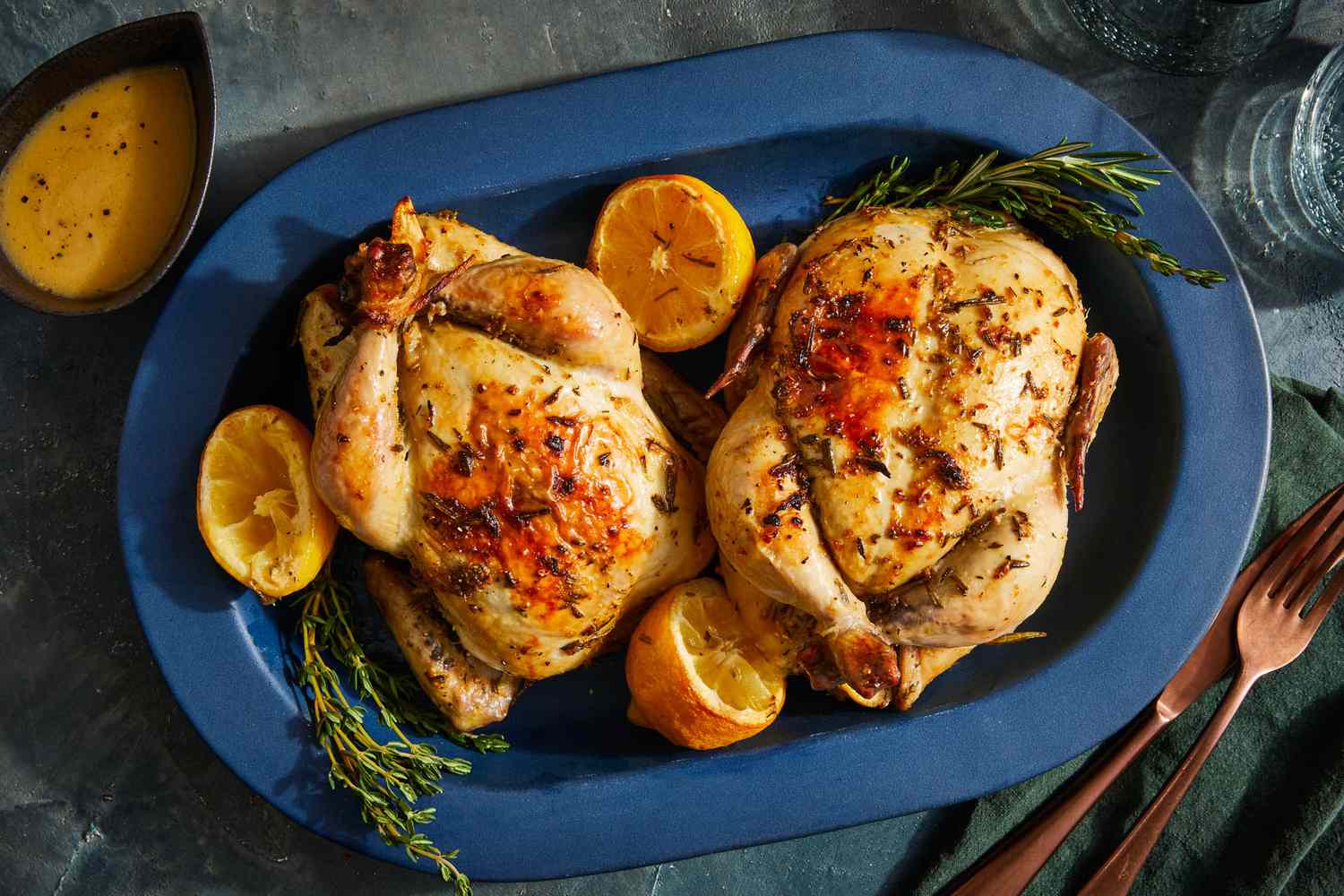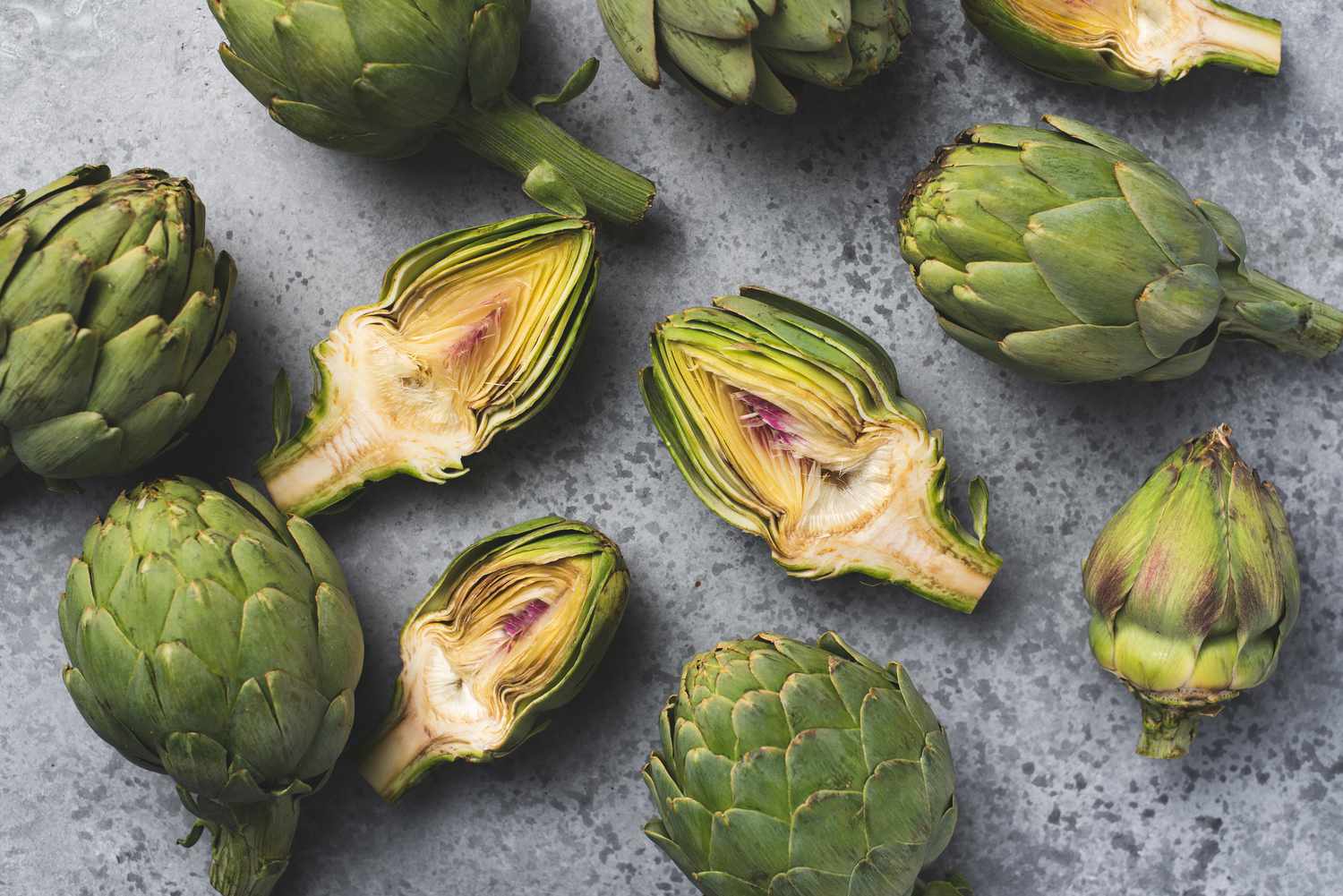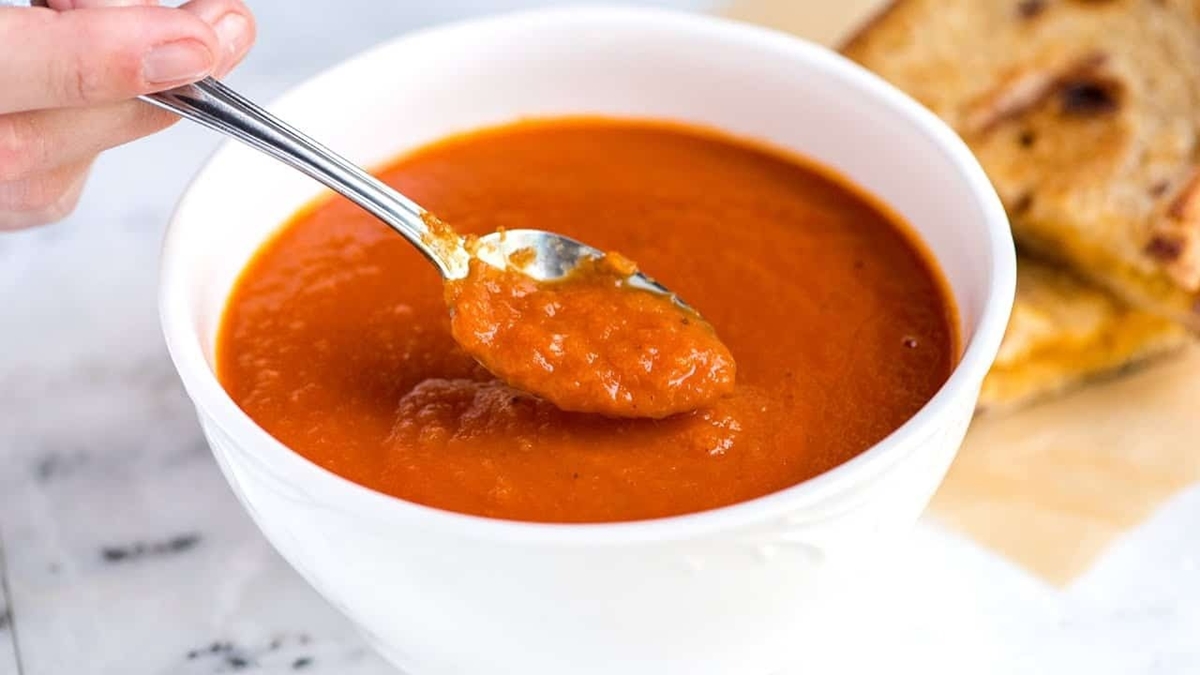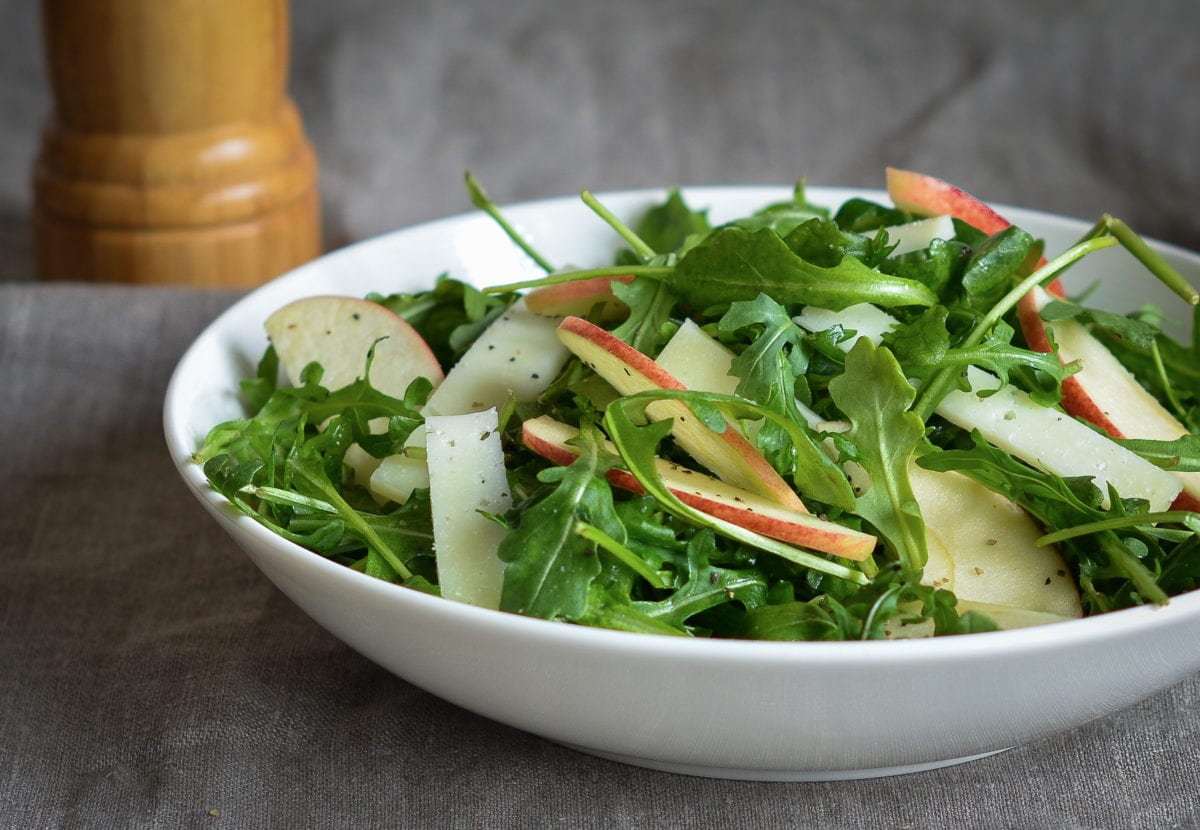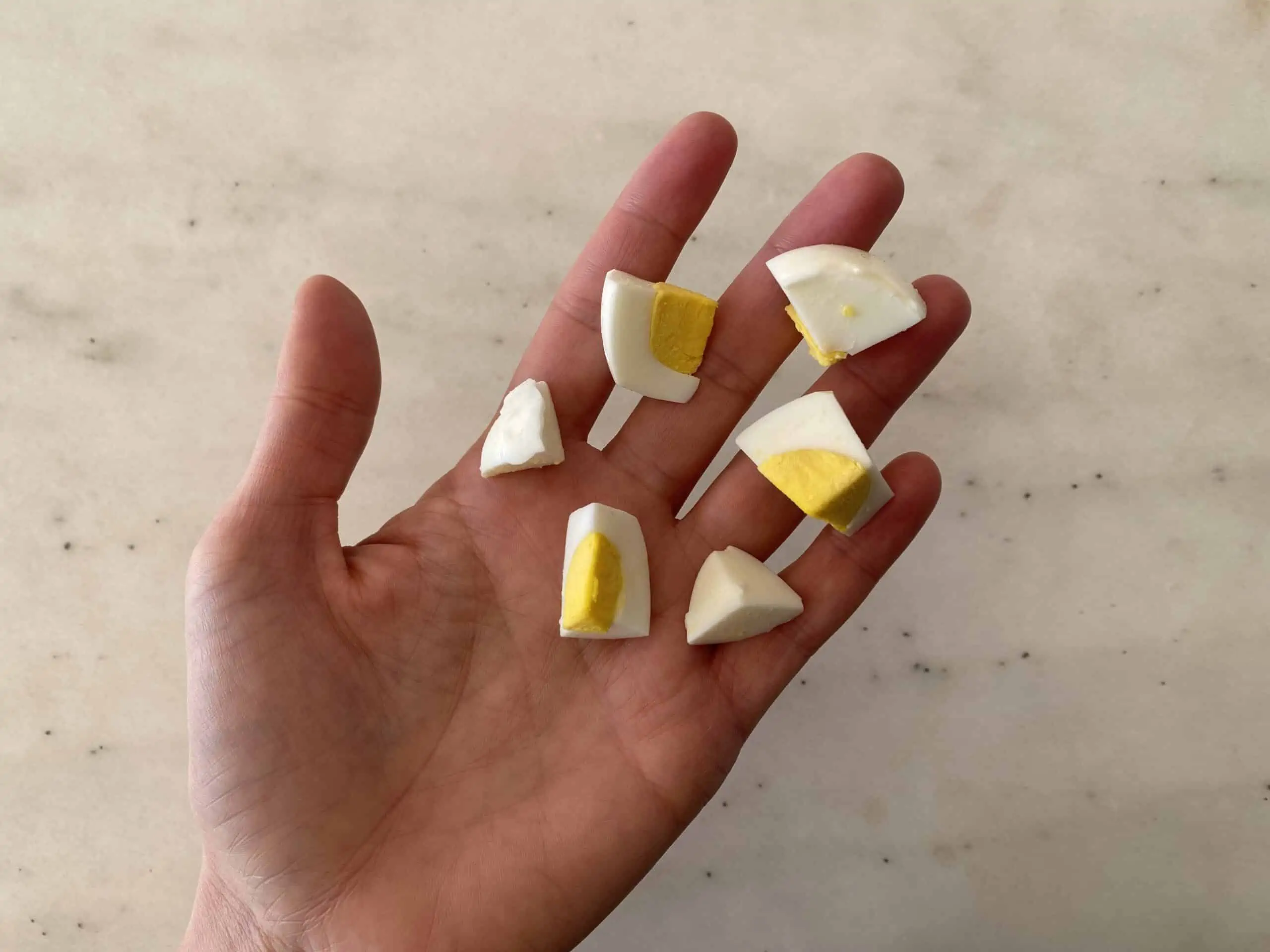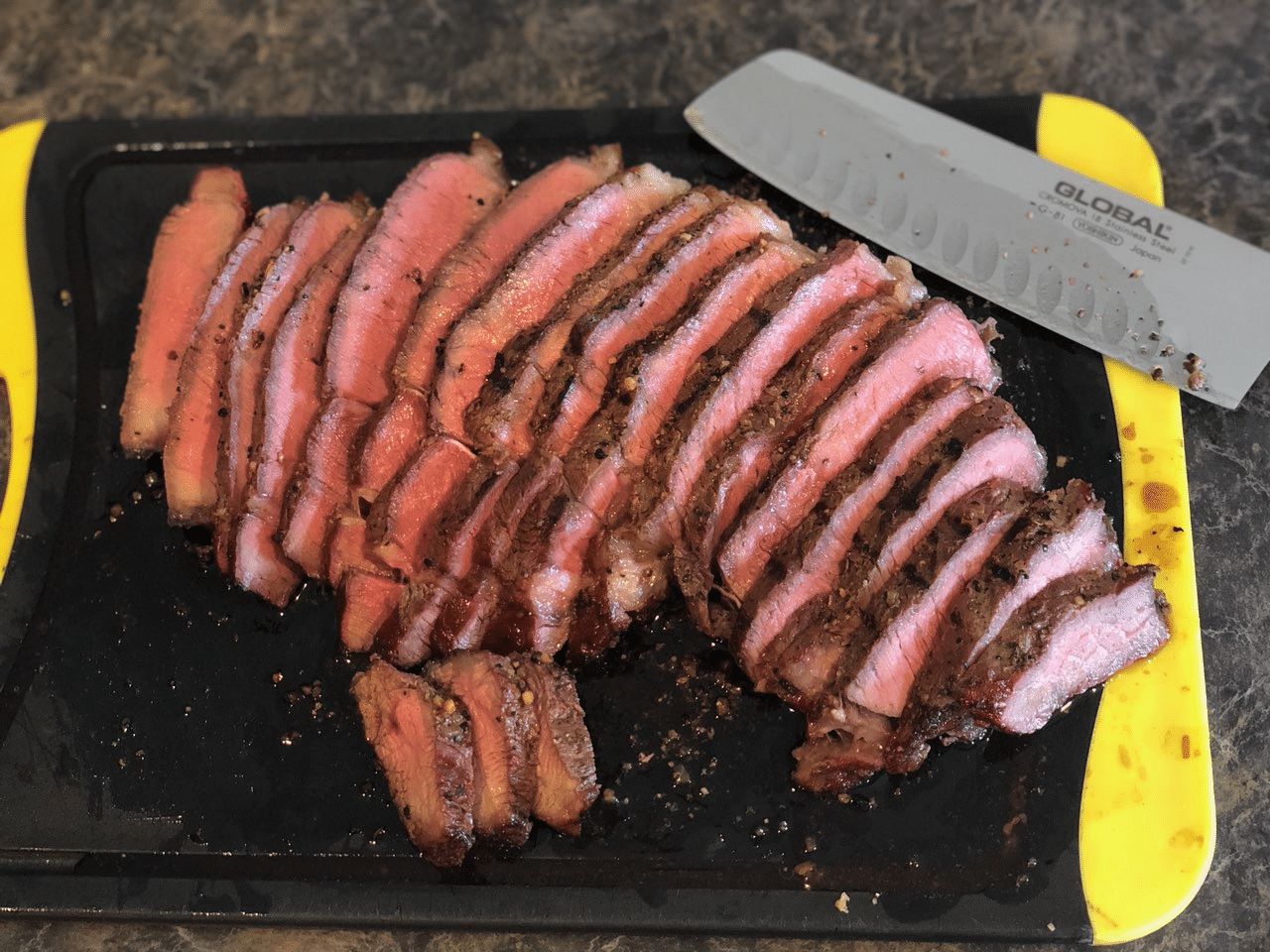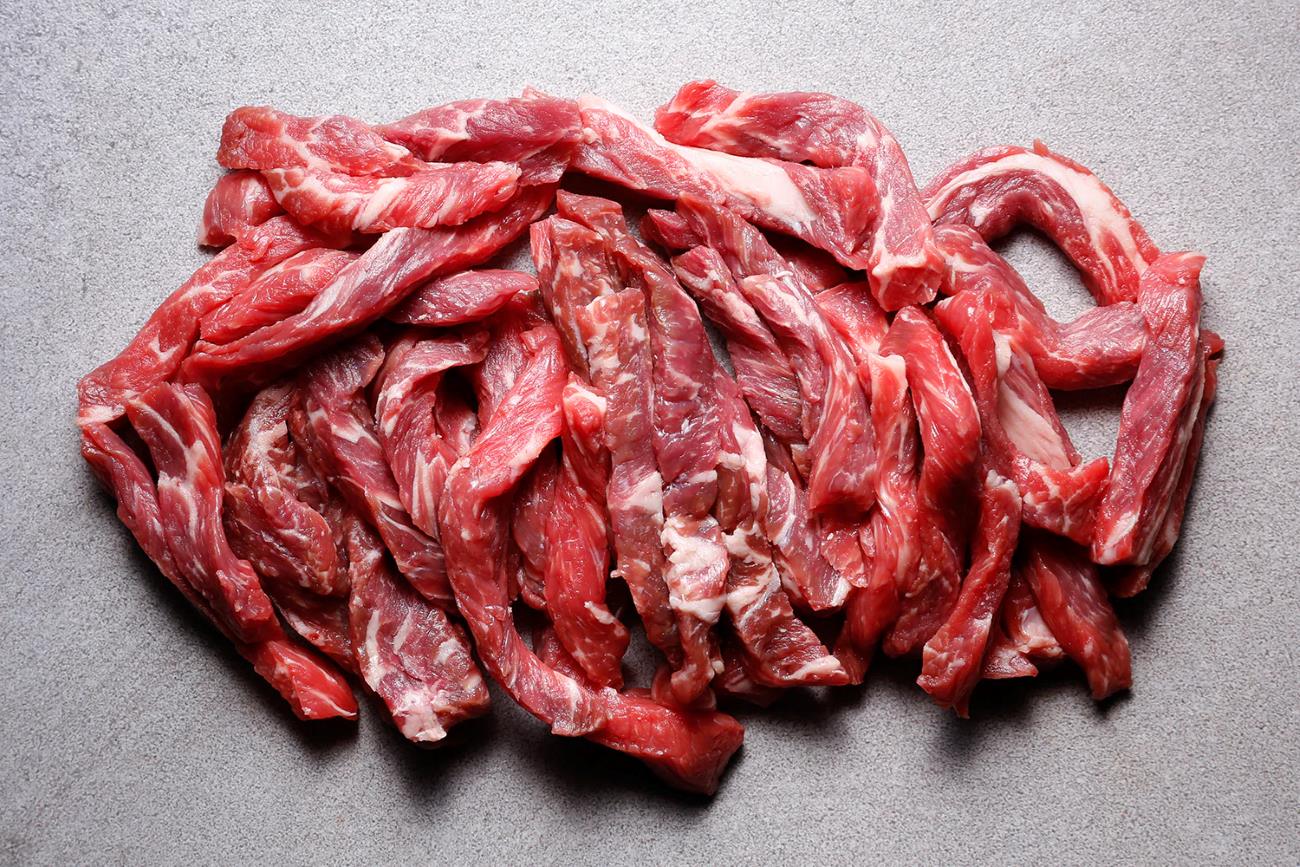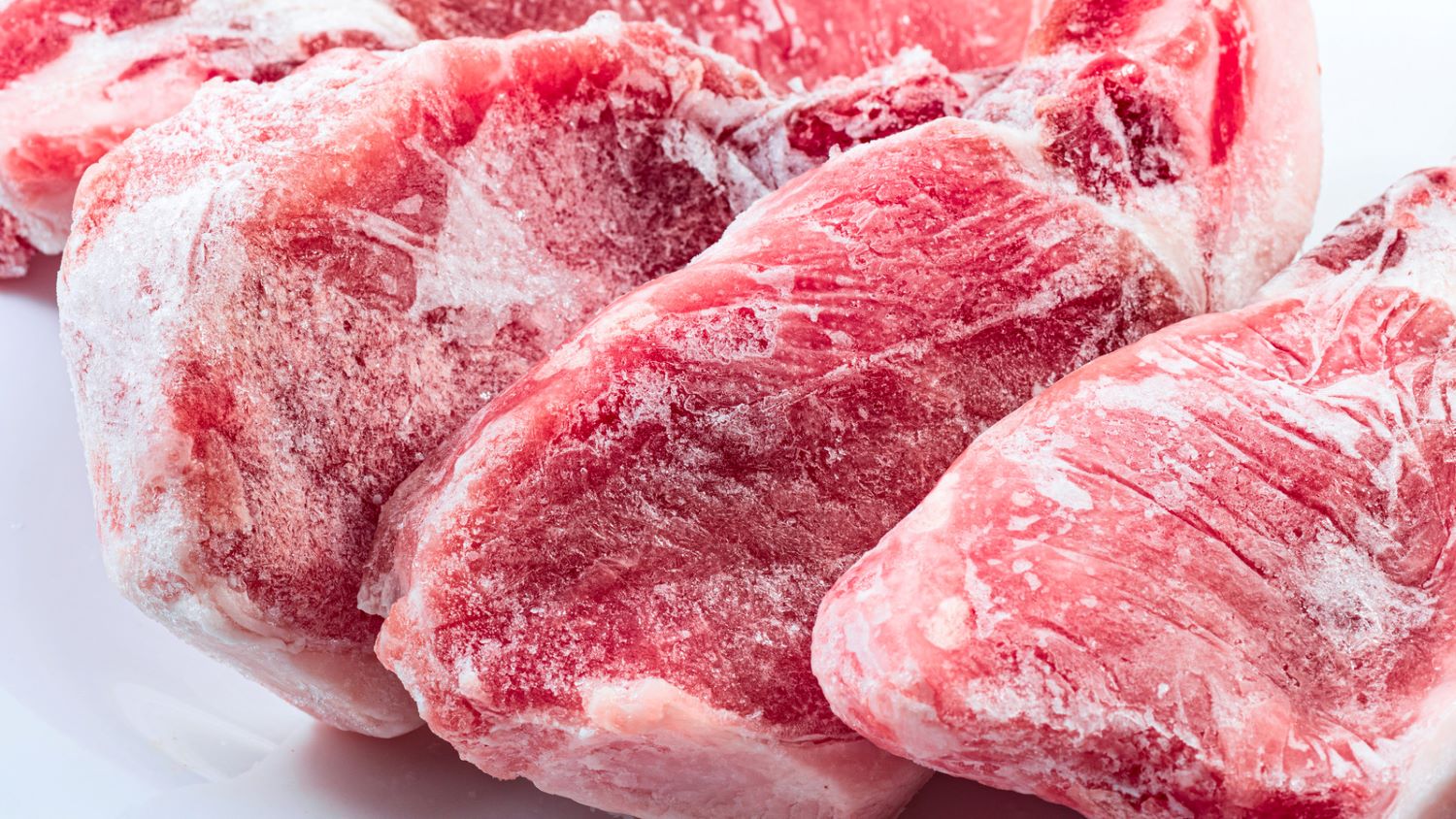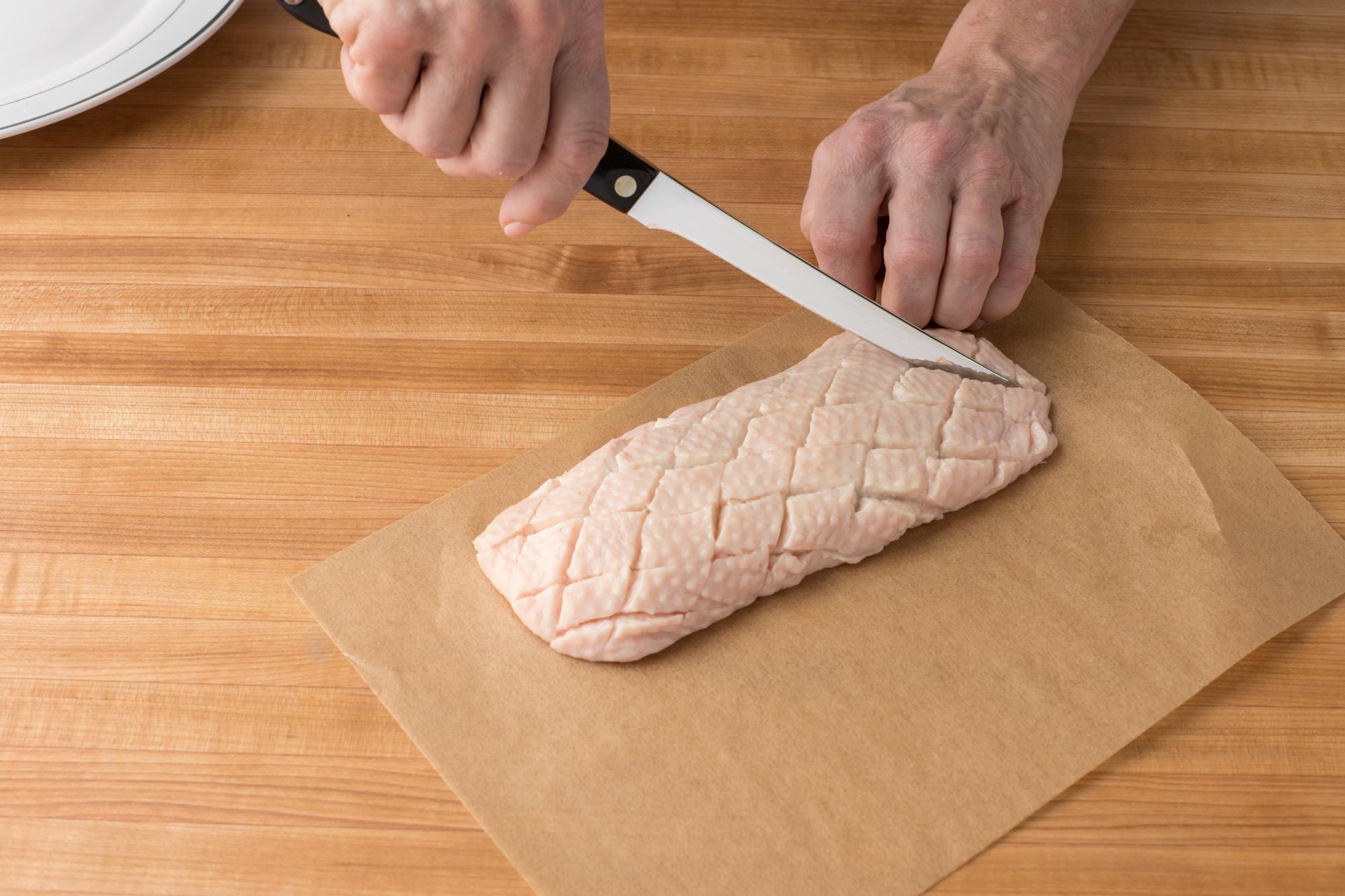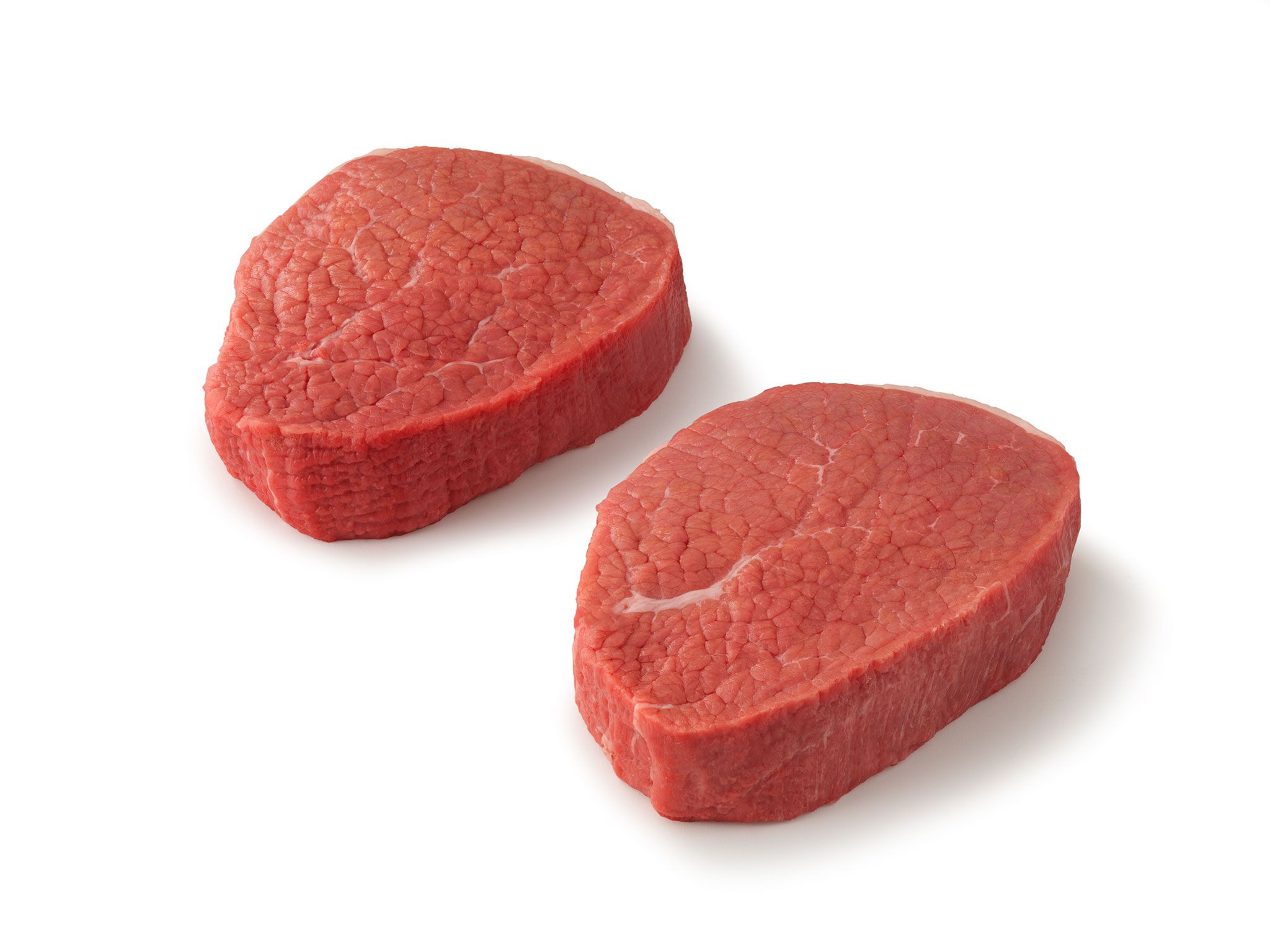Cutting potatoes for potato soup is more than just a step in the recipe; it's an art that can influence the texture and flavor of your soup. Whether you're aiming for a chunky texture or a smooth, creamy consistency, mastering the technique of chopping potatoes is key. This guide will walk you through the basics, from selecting the right potatoes to the final chop. With a few simple tips, you'll be on your way to making a potato soup that's not only delicious but also visually appealing. Let's get started and elevate your soup game to the next level!
Gather Your Ingredients for a Hearty Potato Soup
- Potatoes (about 2 pounds, preferably Yukon Gold or Russet)
- Onion (1 large, finely chopped)
- Garlic (2 cloves, minced)
- Chicken or Vegetable Broth (4 cups)
- Heavy Cream (1 cup)
- Butter (2 tablespoons)
- Salt (to taste)
- Black Pepper (to taste)
- Fresh Chives (for garnish, chopped)
- Shredded Cheese (optional, for topping)
- Bacon Bits (optional, for topping)
- Sour Cream (optional, for serving)
Essential Tools for Crafting the Perfect Potato Soup
- Sharp Chef's Knife: Essential for precise, clean cuts.
- Cutting Board: Preferably large and sturdy.
- Vegetable Peeler: For easily removing potato skins.
- Measuring Cups: To ensure uniform size pieces for even cooking.
- Potato Ricer or Masher: Optional, for a smoother soup texture.
- Large Pot: Needed for cooking the soup.
- Wooden Spoon: For stirring without scratching the pot.
- Colander: Useful for rinsing potatoes after cutting.
For potato soup, dice potatoes into small, even pieces. This ensures quick, uniform cooking, making your soup creamy and delightful. Rinse well to remove excess starch for a smoother texture.
The Importance of Precise Cutting in Potato Soup Preparation
Cutting potatoes for potato soup is more than just preparation; it's about ensuring flavor and texture harmonize in every spoonful. Smaller, uniform pieces cook evenly, absorbing seasonings and broth deeply, enriching the soup's overall taste. This method transforms simple ingredients into a comforting, cohesive dish.
Choosing the right potato type—like russet or Yukon gold—affects the soup's creaminess and body. Cubing them into half-inch pieces maximizes surface area for flavor absorption and ensures a quicker cooking time. This careful preparation lays the foundation for a delicious, heartwarming potato soup.
Your Step-by-Step Guide to Cutting Potatoes for Soup
Cutting Potatoes for Potato Soup: A Step-by-Step Guide
-
Selecting Potatoes
- Opt for starchy potatoes like Russets or Yukon Golds for their creamy texture.
-
Washing Potatoes
- Rinse potatoes under cold water, scrubbing with a brush to remove dirt.
-
Peeling Potatoes
- Use a vegetable peeler to remove skins, though skin can be left on for a rustic soup.
-
Cutting into Halves
- Slice potatoes in half lengthwise to create a stable base for further cutting.
-
Slicing into Strips
- Cut halved potatoes into 1/2 inch thick strips, ensuring they are uniform for even cooking.
-
Dicing into Cubes
- Chop strips into 1/2 inch cubes, again aiming for uniformity.
-
Rinsing Cubed Potatoes
- Place cubed potatoes in a colander and rinse under cold water to remove excess starch.
-
Soaking to Prevent Browning
- If not using immediately, soak cubed potatoes in cold water to prevent browning.
-
Draining Before Use
- Drain potatoes well before adding to your soup to avoid watering it down.
Tips for Success
- Sharp Knife: Always use a sharp knife for easier and safer cutting.
- Consistent Size: Ensure pieces are of a similar size for even cooking.
- Cold Water Rinse: Helps to remove surface starch and prevent sticking.
- Soaking: Keeps potatoes from turning brown if there's a delay in cooking.
- Drain Thoroughly: Excess water can dilute the flavor of your soup.
Mastering the Final Touch
Cutting potatoes for soup doesn't just boil down to technique; it's about crafting the perfect bite that elevates your dish from good to unforgettable. Remember, choosing the right potato matters as much as how you cut it. For creamy soups, go for starchy varieties like Russets or Yukon Golds. Want your soup to have a bit more texture? Waxy potatoes are your best bet. Keep those cuts uniform to ensure each piece cooks evenly, blending seamlessly into your soup's rich, comforting embrace. Don't forget, practicing these simple yet effective cutting methods can transform your potato soup into a masterpiece of flavors and textures. So, grab your favorite knife, pick the perfect potato, and start slicing your way to a bowl of heartwarming potato soup that'll keep folks coming back for seconds.
For those eager to master the art of cutting potatoes for soups, there are several recipes to test these skills. Starting with Classic Creamy Potato Soup provides a smooth and rich experience, highlighting the importance of uniformly cut potatoes. Potato and Ham Chowder makes a hearty meal, where even-sized potato chunks ensure consistent texture. If you crave something green and hearty, Broccoli and Potato Soup brings a delightful mix of flavors, benefiting from well-cut potatoes. For a twist, try Sweet Potato Soup, offering a sweet and savory profile where precise potato cutting is key. Finally, Potato and Kale Soup combines the earthiness of kale with perfectly diced potatoes, making every spoonful balanced and comforting.
All Your Questions About Potato Soup Answered
How do I choose the right type of potato for my soup?
Look for potatoes that are high in starch like Russets or Yukon Golds. These varieties break down nicely, thickening your soup and giving it a creamy texture without the need for heavy cream or flour.
What's the best way to cut potatoes for soup?
Aim for uniform pieces, about 1/2 inch to 3/4 inch in size. This ensures they cook evenly and are a good spoonful size. Start by peeling your potatoes, then slice them into rounds before chopping into cubes.
Should I rinse my potatoes after cutting them?
Yes, rinsing removes excess starch, which can make your soup too thick or gluey. After cutting, give them a good rinse under cold water until it runs clear, then pat dry before adding to your soup.
Can I leave the skin on my potatoes for the soup?
Absolutely! If you're using a waxy potato like Red Bliss or New Potatoes, leaving the skin on adds texture and nutrients. Just make sure to scrub them well before cutting.
How do I prevent my potatoes from turning brown?
After cutting, place your potatoes in a bowl of cold water. This stops the oxidation process that causes browning. Just remember to drain and pat them dry before using.
Is there a quick way to cut potatoes if I'm short on time?
For speed, use a food processor with a chopping or slicing blade. While you won't have as much control over the size, it's a real time-saver. Alternatively, buy pre-cut potatoes if you're really in a pinch.
How do I know when the potatoes are properly cooked in the soup?
Potatoes are done when they're fork-tender. This means a fork can easily pierce through them without resistance. Cooking time can vary, so start checking around the 10-minute mark after adding them to your soup.

